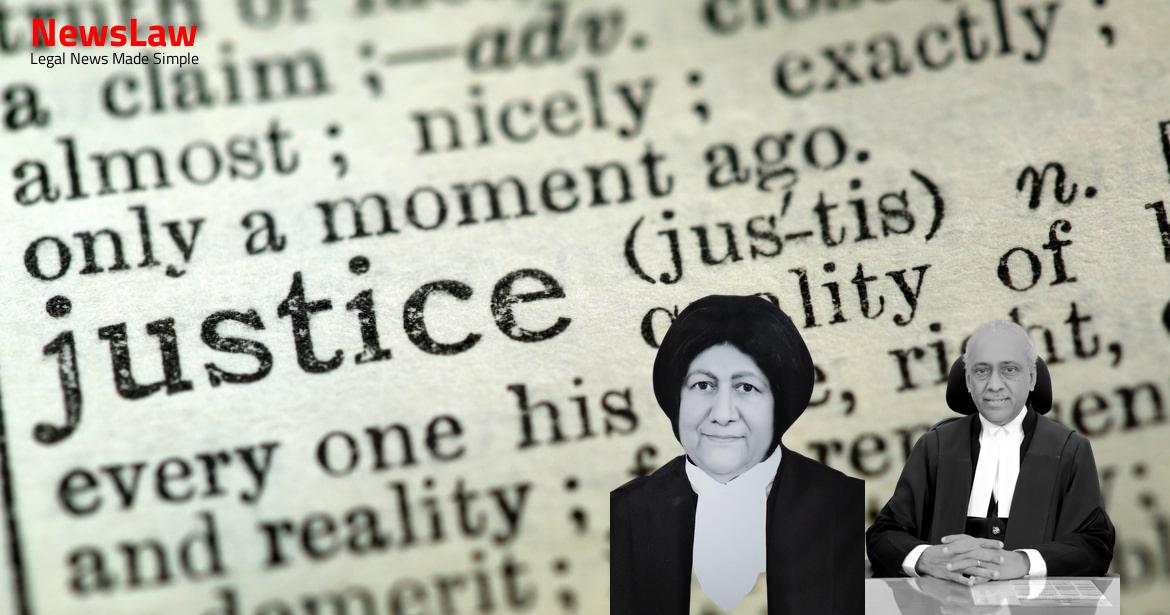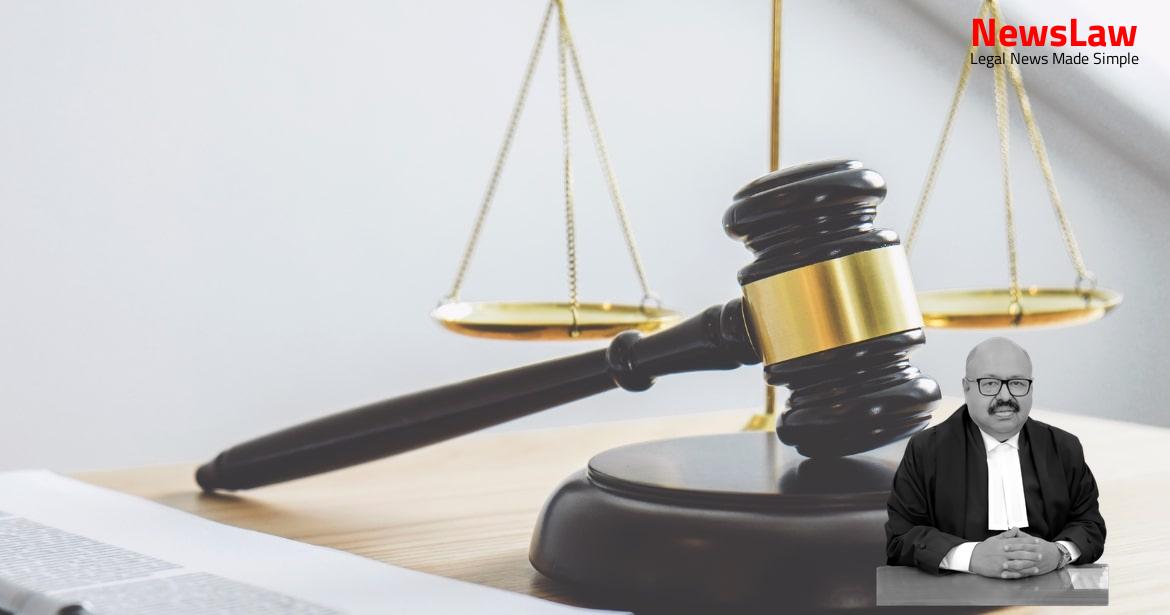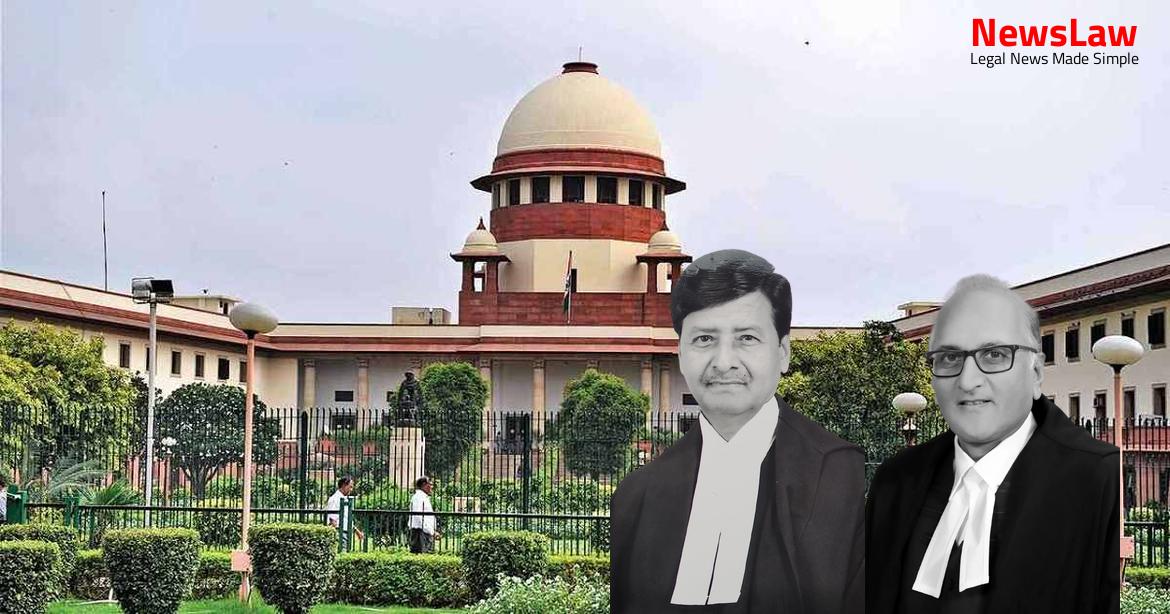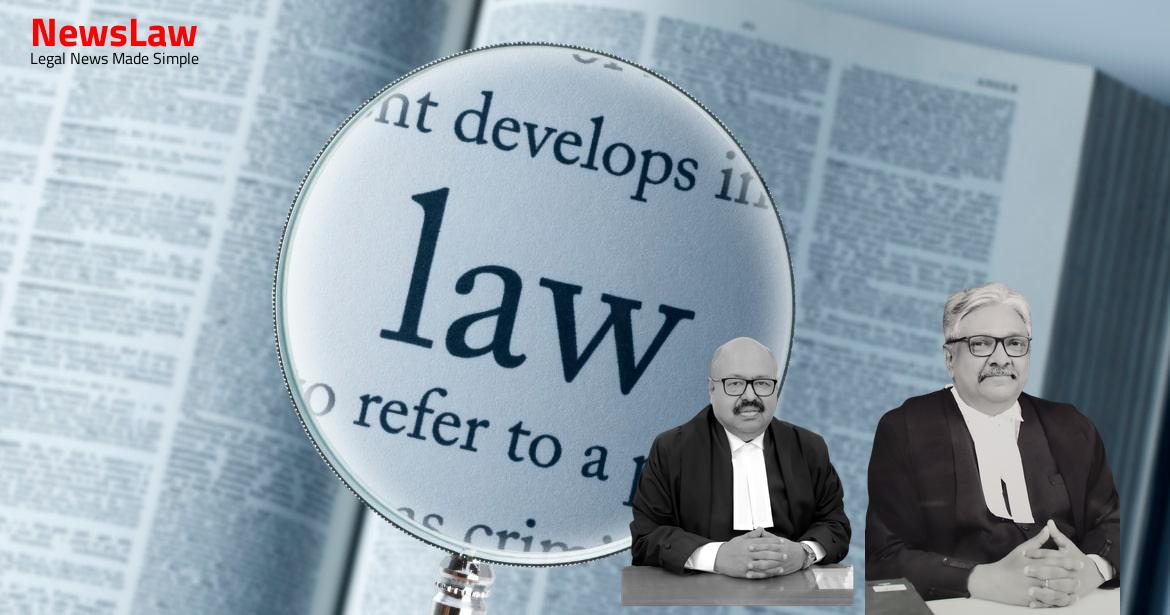This blog delves into a complex legal case surrounding a partition dispute and the meticulous analysis conducted by the court. The court’s scrutiny of the preliminary decree for partition and its repercussions within the Consolidation of Holdings Act highlights the intricacies of legal proceedings. Stay tuned to unravel the legal nuances and the significant aspects often overlooked in such cases.
Facts
- Exact dates of death of Sita Ram and Ramesar are not indicated.
- Consolidation Officer held that Jangi & Triloki, children of Bhagauti, son of Ramesar, will get 1/3 share and children of Jagesar will get 2/3 share.
- Bhagauti filed a suit for partition in 1928, leading to a decree in 1929.
- Objection to jurisdiction raised, leading to return of plaint for presentation to proper court.
- Writ petition filed by one branch dismissed by High Court in 2009.
- Mutation in revenue records in 1952 followed by objections under U.P Consolidation of Holdings Act, 1953.
- Dispute referred to arbitration and suit decreed as per arbitration award.
- Sita Ram and Ramesar, two sons of Gajadhar Misra, died after the decree in 1929.
- Assistant Settlement Officer dismissed appeal by Jagesar’s branch.
- Deputy Director of Consolidation allowed revision petition by Ramesar’s branch and dismissed that of Jagesar’s.
- Consolidation officer’s order in 1973 held Ramesar’s share separated in 1929 partition.
- Branch claimed partition decree was not implemented, leading to suit in 1929.
- Ramesar’s son, Bhagauti, filed suit in 1944 claiming collusive nature of 1929 decree.
- Trial court judgment in 1946 dismissed Bhagauti’s suit.
- No evidence to determine who died first between Sita Ram and Ramesar
- Revisional Authority concluded that both branches of Ramesar and Jagesar are entitled to half share each
Also Read: Analysis of Financial Statements as Acknowledgment in Limitation Act Case
Arguments
- The contention of the respondents that the decree for partition passed in 1929 was collusive has already been rejected in the suit of 1944 according to the appellants.
- Authorities under the Consolidation Act are required to give effect to the preliminary decree for partition.
- The learned counsel for the appellants argues that the Consolidation of Holdings Act authorities cannot exceed the decree of the Civil Court.
- A preliminary decree for partition is considered final in terms of the shares allocated to the parties even in the absence of a final decree leading to actual division.
- The contentions of the learned senior counsel for the appellants have overlooked a crucial aspect.
- The crucial aspect that has been overlooked has not been specified in this part of the judgment.
Also Read: Interpretation of Corporate Guarantor under IBC
Analysis
- The question of who predeceased whom was raised before the consolidation authorities, not decided in the civil court.
- The judgment in Suit No. 331 of 1944 did not provide a clear and categorical finding on whether Sita Ram died before or after Ramesar.
- The Deputy Director of Consolidation’s order was not vulnerable even though the discussion on the predecease issue was not articulated clearly.
- Jagesar would be entitled to inherit Sitaram’s share only if it is established that Ramesar had predeceased Sitaram.
- The suit of 1929 resulted in complete separation between all parties, with no union proved between Sitaram and Jageshar.
- The common ancestor of both parties was Gajadhar Misra.
- No evidence regarding the dates of death of the individuals involved
- Deputy Director of Consolidation distributed Sita Ram’s share equally between branches of Ramesar and Jagesar
- High Court upheld the judgment of the Deputy Director of Consolidation
- No reason found to interfere with the judgment
Also Read: Quashing of FIR and Charge-sheet: Legal Analysis
Decision
- Appeal dismissed
- No order as to costs
Case Title: SARJU MISHRA(D) THR. LRS.. Vs. JANGI (D) THR. LRS. . (2022 INSC 715)
Case Number: C.A. No.-003818-003818 / 2012



